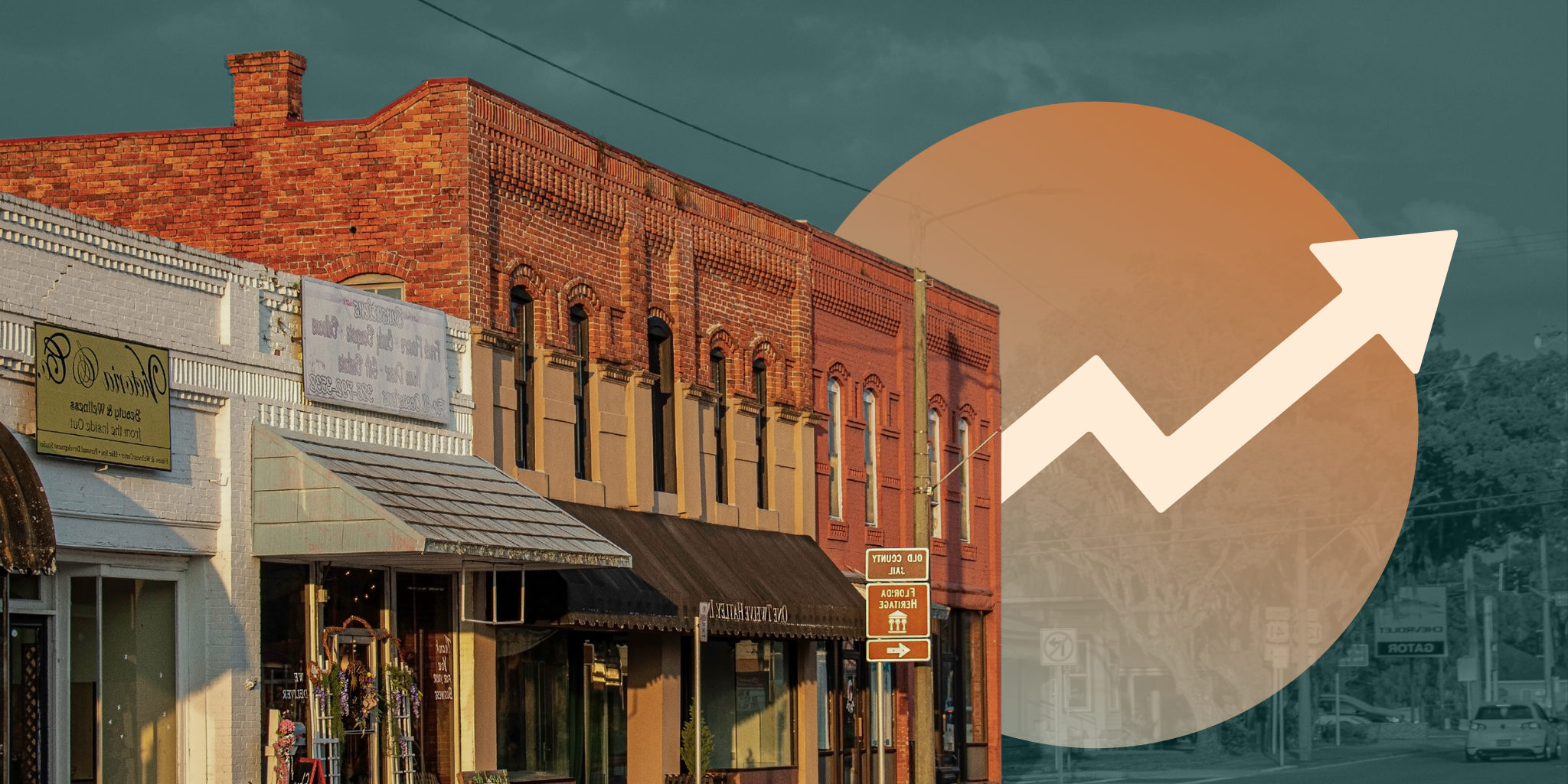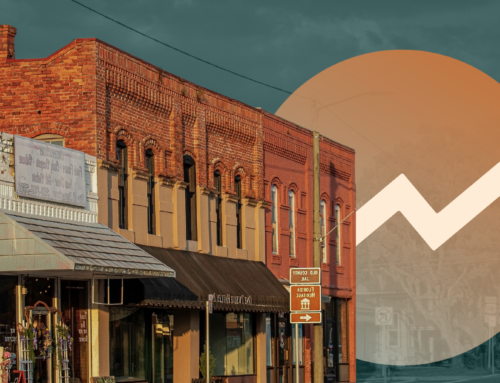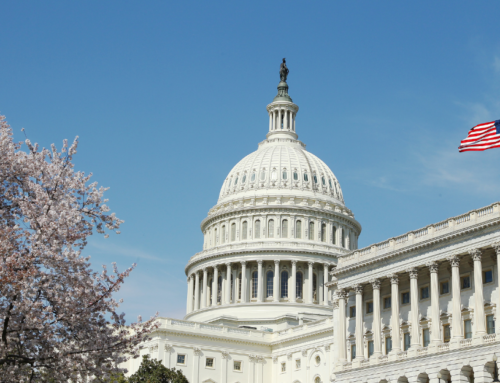Media Contact: Amelia Sandhovel | [email protected]
Washington, D.C. — The Economic Innovation Group (EIG) applauds the reintroduction of the Opportunity Zones Transparency, Extension, and Improvement Act by Representatives Mike Kelly (R-PA-16) and Dan Kildee (D-MI-08), along with Representatives Carol Miller (R-WV-01) and Terri Sewell (D-AL-07), to strengthen the Opportunity Zones (OZ) policy through robust new reporting and measurement requirements and expanded incentives to spur investment in high-need communities.
“Opportunity Zones are playing a vital role in attracting much-needed investment across a diverse range of high-need communities, and this legislation would make the policy an even more effective tool for economic development,” said John Lettieri, President and CEO of the Economic Innovation Group. “EIG applauds Representatives Kelly and Kildee for their leadership in reintroducing the Opportunity Zones Transparency, Extension, and Improvement Act to make Opportunity Zones a stronger, better targeted, and more transparent incentive.”
EIG analysis of the latest OZ investment data from recent studies by UC Berkeley and the US Department of the Treasury scholars found that by 2020, OZs had already achieved a geographic reach and scale of investment unique among U.S. place-based policies. Just two and a half years after zone designation, nearly half (48%) of all zones—or roughly 3,800 communities across every state—had received investment, with those receiving investment among the highest-need communities in the U.S. on average. Further, OZ investment triggered a “large and immediate” increase in local development activity, delivering an economic boost for surrounding communities and increasing home values while holding rents steady.
The Opportunity Zones Transparency, Extension, and Improvement Act includes longstanding EIG recommendations that are supported by a diverse array of stakeholders nationwide. Specifically, the bill would:
- Reporting and community measurement requirements: The bill incorporates the bipartisan IMPACT Act (S.2994) to establish robust reporting and outcomes measurement standards related to the incentive and performance of designated communities. It would require the Department of the Treasury to publish an annual report on national OZ activity that includes aggregated data on such factors as the number of qualified funds, total assets held by qualified funds, and the distribution of OZ investments. It further requires Treasury to examine the performance of designated OZ communities over time by comparing key socioeconomic indicators in designated communities to those in low-income communities that were eligible but not designated. These reports would be issued in the 6th and 11th years after the date of enactment.
- Early sunset Opportunity Zones with high median family income: The bill would remove Opportunity Zones designation for tracts that have a median family income (MFI) of 130 percent of the national median family income or greater, thereby preventing new investments in such tracts from being eligible for the tax incentive. In general, Opportunity Zones rank as high-need communities across most measures of socioeconomic well-being, as confirmed by a 2021 Government Accountability Office (GAO) report. However, a small percentage of tracts originally nominated by governors and designated by the Secretary of the Treasury have an MFI that exceeds 130 percent of the national average. States will have the opportunity to replace the sunset tracts with new designations.
- Extend the deadline for OZ investment: The legislation extends the investment and deferral period for qualifying investments to the end of 2028. This change would recoup time lost during regulatory implementation and create a stronger incentive for investment in low-income communities.
- Allow fund-of-fund investments: The legislation allows intermediary investments into feeder funds to enable more investments into smaller Qualified Opportunity Funds. Allowing feeder funds will permit the pooling of smaller investments to make impactful and diversified OZ investments.
- Designate certain formerly industrial brownfield tracts: The bill would designate certain zero population census tracts as Opportunity Zones provided that they are adjacent to an existing OZ, formerly used for industrial purposes, and contain a brownfield site.
- Create a federal fund for state and local community resources: The bill would establish a $1 billion State and Community Dynamism Fund to be allocated to states to support activities such as technical assistance and local capacity building, pre-development investments into community-oriented OZ projects, and risk mitigation for Qualified Opportunity Funds.
Explore the congressional statement here.
About the Economic Innovation Group (EIG)
The Economic Innovation Group (EIG) is a bipartisan public policy organization dedicated to forging a more dynamic and inclusive American economy. Headquartered in Washington, DC, EIG produces nationally-recognized research and works with policymakers to develop ideas that empower workers, entrepreneurs, and communities.






